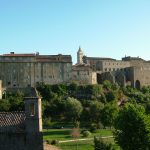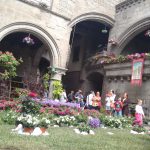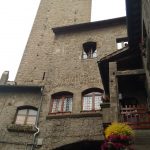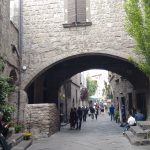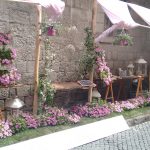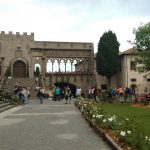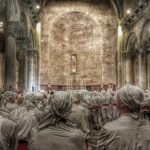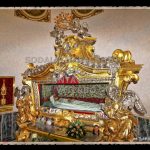Bicoca is ideally located for visiting the surroundings and our territory rich in art, history and culture. But it is also easy to visit Rome and some beautiful cities of Umbria and Tuscany, not far away.
Thanks to our historical friend of art, we have built some of the itineraries we propose here. But many others can be created.
This does not want to be a tourist guide, but we tell you our favorite places, which we also gladly visit. We also point to the associations that organize excursions and walks in our territory, to discover nature and the Etrurian places.
Viterbo
Towers, fountains, and “profferli” characterize the medieval neighborhood of San Pellegrino, which is becoming known in many parts of the world and more and more, with our pride, we see tourists somewhat skeptical, amazed at its beauty and peculiarity.
The Pope’s Palace was the seat of the first “conclave” of the history, and this gives it the prestige of being one of the three pope cities, along with Rome, of course, and Avignon.
The museums tell about the Etrurian and then Roman origins and also hold Renaissance masterpieces, including two famous paintings by Sebastiano del Piombo, recently restored.
Palazzo dei Priori dominates the square of Plebiscito, with its “loggia” and the beautiful courtyard overlooking the Faul Valley. The Royal Hall, where all the illustrious guests of the City are welcomed and from whose windows on the day of the carriage of Santa Rosa car you will admire the descent and the longest stop of the traditional Viterbo event. And in particular Bicoca is also linked to the frescoes of the Royal Hall: the 33 castles under the dominion of Viterbo are represented in the ceiling, including the form of Bicoca, represented by an ancient castle of the countryside
Santa Rosa
La macchina di Santa Rosa, con grande orgoglio per la città, nel 2014 è stata proclamata dall‘UNESCO „patrimonio immateriale dell‘umanità“.
Parte della nostra famiglia si è dedicata con devozione al rinnovo di questa tradizione: Silvio Ascenzi è stato facchino per tanti anni, come suo figlio Raffaele, che ha poi speso la sua professionalità in questa passione e per due volte ha realizzato i suoi progetti della Macchina di Santa Rosa, che vengono selezionati ogni sei anni da una severa commissione. Dal 3 settembre del 2015 viene trasportata Gloria, progetto dell‘architetto Raffaele Ascenzi.
Tuscania


